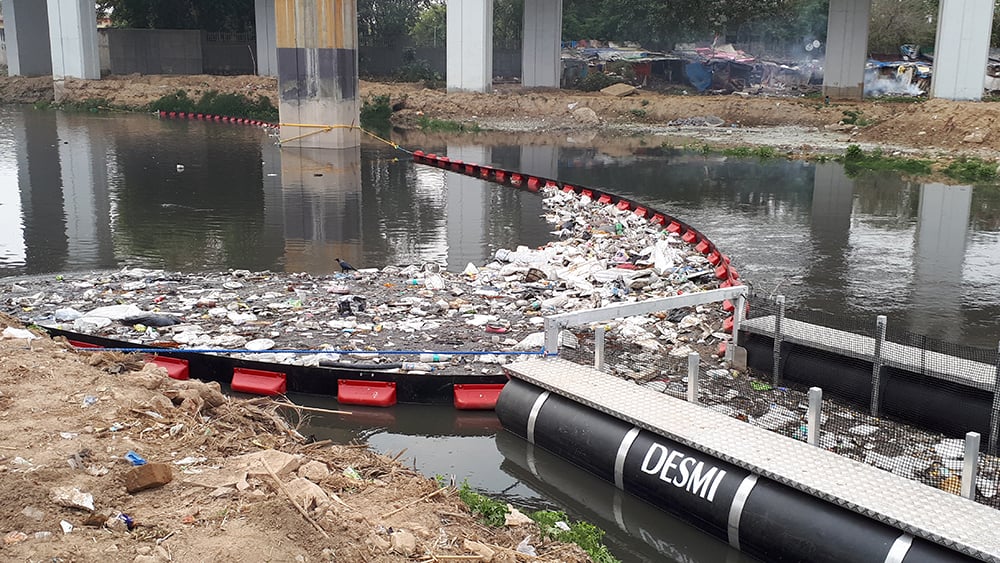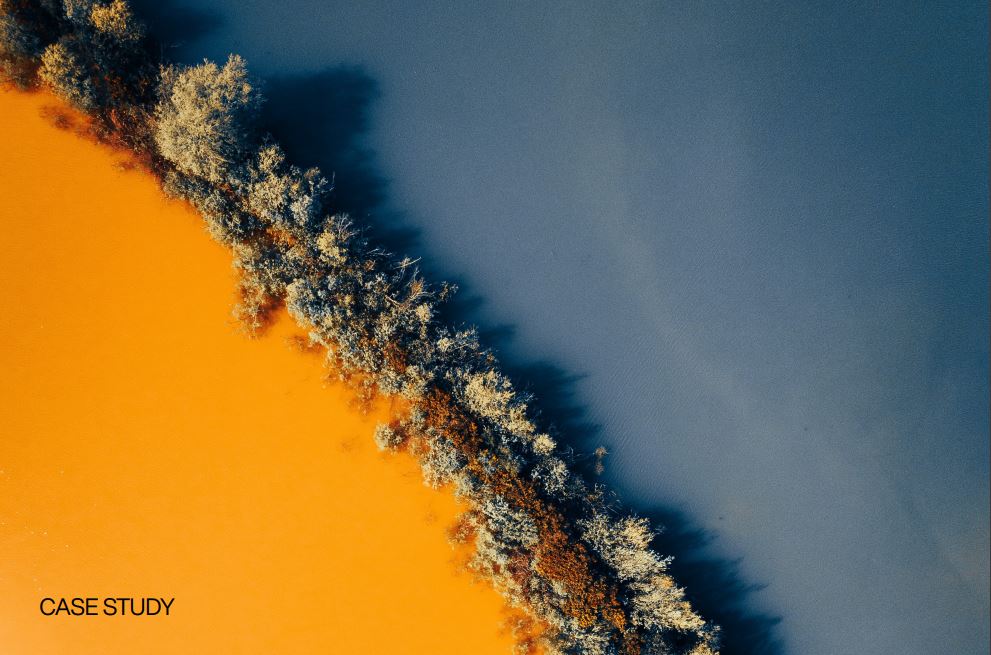News
District heating
Resource efficient production
Urban water management
+3
Miniature Models will Stop Leakages from Water Pipes


A team of researchers from Aalborg University (AAU) want to expose leakages in water pipes by building miniature models of the infrastructure in a new lab. This can help stem large losses of drinking water or contamination by waste water, which globally accounts for 10,000 billion litres of contaminated water annually.
The new lab at Aalborg University will make it possible to build miniature models of the water infrastructure in different parts of the world, where pipes, pumps and valves are scaled down to 20:1. Where there is suspicion of leakages from sewage pipes or district heating systems, the researchers can test consumption and flow in a miniature model of the network. If there is more water running through than normal, it is likely due a leakage.
-We look at the difference between the calculations produced by our models and the measurements from the real systems. If the test model is calibrated properly, it can show the difference in pressure or amount of water, and through that expose holes in the system, says Rafal Wisniewski, professor at the Department of Electronic Systems at AAU and part of the research team behind the lab.
The models will be constructed according to an algorithm and a number of sensors that measure pressure, flow and temperature. By moving from computer simulations to more realistic and physical experiments, the researchers are better able to test and verify the theoretical solutions in the lab.
-Related news: Better Control of Water Presure and Leakages Leads to Reduced Water Prices
Cheaper to leave the water running
One of the biggest challenges with localising leakages of drinking water, waste water or water from district heating, is that it requires a lot of resources to dig up pipes without knowing exactly where the damage is. Therefore, it is sometimes cheaper not to repair holes in the water pipes.
-Often the water costs less than it would to send people out to repair or replace the pipes. It is particularly expensive in large cities. To close a road in London for example, where water loss is estimated to account for 30%, it costs fortunes, says Rafal Wisniewski.
Since water systems differ greatly between countries, the different components in the lab have to be manufactured in separate blocks that can be assembled in various ways depending on whether you are studying infrastructure in Aalborg or Hanoi.
Today, we have very precise models, but they are expensive and difficult to verify. The purpose with the new lab is to generate quick and precise results that can describe the problems in the water systems on a level that is sufficient to act on.
-Related news: Beating Water Loss with Intelligent Water Meters
Opportunity to test contamination
In addition to economic benefits, it can also be safer to test water systems in the lab, explains the professor:
-It is very expensive to conduct experiments on waterworks because technicians and equipment is expensive. Another disadvantage is that you cannot simulate a contamination in the waterworks. However, we are able to do so with the models in the lab.
The sensors used to measure pressure and flow are particularly expensive to implement in the infrastructure. By carrying out a sensitivity analysis in the lab, the researchers are better able to identify the centres that are most vulnerable and lend themselves to observation.
The new lab is part of research conducted at Aalborg University that focusses on infrastructure. The project is funded with EUR 282,000 from Aalborg University and EUR 670,000 from Poul Due Jensen’s Fund.
The lab is expected to be ready by the end of 2018.
Source: Ingeniøren
You should consider reading
publications
Resource efficient production
+15















